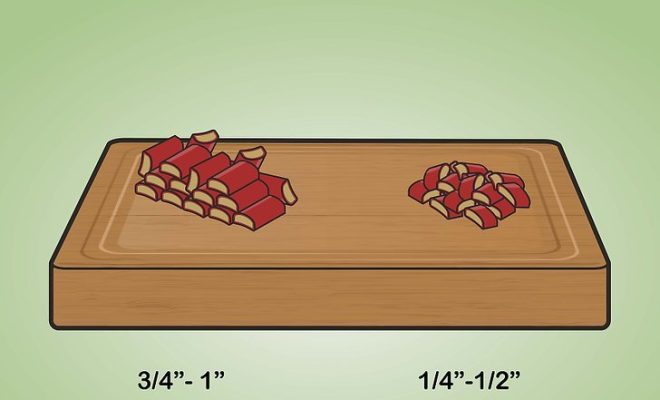3 Easy Ways to Identify Raw Diamonds

Introduction:
Diamonds are considered one of the most precious gemstones on earth, known for their brilliance and symbolizing true love and commitment. While we are familiar with the cut and polished diamonds used in jewelry, raw or uncut diamonds may not be as familiar to most people. Here are three easy ways to identify raw diamonds in their unprocessed form.
1. Examine Shape and Surface Texture:
Raw diamonds often have an irregular shape, with sharp and jagged edges, as they are formed under extreme pressure deep within the earth. They may resemble rough crystals rather than the symmetrical shapes of polished stones. The surface of a raw diamond is also quite different from a polished one; it usually has a dull, waxy luster unlike the shiny appearance of cut diamonds. Identifying these features can help you distinguish between raw diamonds and other similar stones.
2. Perform the Water Test:
The water test is an easy method to determine if you have found a raw diamond or not, based on the difference in the density of diamonds compared to other gemstones. Fill a tall glass with water and gently drop the stone into it. If the stone sinks quickly to the bottom, you may have a genuine diamond, as they are denser than other materials such as quartz or cubic zirconia. However, this test alone is not foolproof; other high-density materials may also sink rapidly in water.
3. Use The Fog Test:
Diamonds have excellent heat conductivity properties compared to other gemstones, making it harder for them to retain heat when exposed to warm air. To perform the fog test on your suspect stone, simply hold it between your fingers and exhale onto its surface like you would when steaming up a mirror or window pane. If it quickly clears up (in a few seconds), this could indicate that your stone is a real diamond since they disperse heat faster than other materials. However, if it takes a while for the fog to dissipate, it is likely that you have a different gemstone or a fake diamond.
Conclusion:
While these three easy methods are useful for identifying raw diamonds, it is important to remember that none of them are definitive. If you suspect that you have found a raw diamond, it’s best to consult with a professional jeweler or gemologist who has the necessary experience and equipment to authenticate your discovery accurately.

